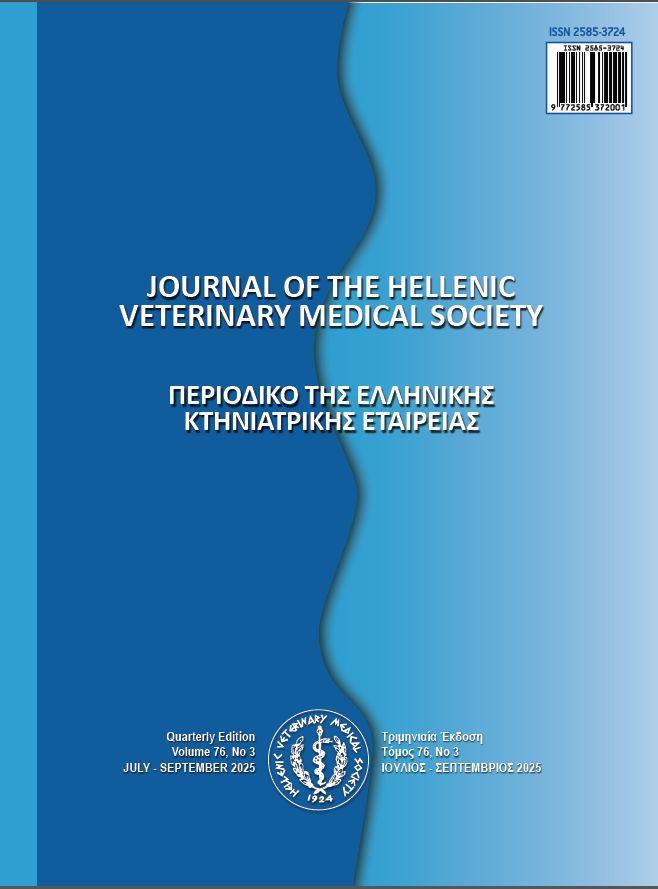Probiotic Characteristics of Enterocin-Producing Enterococci Isolated from Traditional Turkish Cheeses
Περίληψη
This study aimed to evaluate the probiotic properties of the bacteriocin-producing strains E. faecium DP8.3, E. faecium DP9.3 and E. mundtii DP35.1. All strains were found to survive at pH 3.0 and maintained their viability in the presence of 0.4% phenol and 100 ppm lysozyme. In simulated gastric juice adjusted to pH 3.0, the viable cell counts for E. faecium DP8.3, DP9.3, and E. mundtii DP35.1 were 8.96±0.01, 8.37±0.00, and 8.63±0.21, respectively. The bacteriocin-producing strains were capable of surviving at bile salt concentrations of 0.3%, 0.5%, and 1%. Additionally, these strains were able to grow in the presence of taurocholic acid, glycocholic acid, taurodeoxylic acid sodium salts, and glycodeoxycholic acid sodium salts. The strains exhibited high hydrophobicity, autoaggregation, and coaggregation abilities. According to the results, these bacteriocin-producing strains possess probiotic properties, suggesting their potential use as protective probiotic cultures in food production. Further studies, including in vivo studies and food trials, is required to assess the potential of these strains as protective probiotic cultures in the food industry.
Λεπτομέρειες άρθρου
- Πώς να δημιουργήσετε Αναφορές
-
Kankaya, D. (2025). Probiotic Characteristics of Enterocin-Producing Enterococci Isolated from Traditional Turkish Cheeses. Περιοδικό της Ελληνικής Κτηνιατρικής Εταιρείας, 76(3), 9701–9710. https://doi.org/10.12681/jhvms.39888
- Τεύχος
- Τόμ. 76 Αρ. 3 (2025)
- Ενότητα
- Research Articles

Αυτή η εργασία είναι αδειοδοτημένη υπό το CC Αναφορά Δημιουργού – Μη Εμπορική Χρήση 4.0.
Οι συγγραφείς των άρθρων που δημοσιεύονται στο περιοδικό διατηρούν τα δικαιώματα πνευματικής ιδιοκτησίας επί των άρθρων τους, δίνοντας στο περιοδικό το δικαίωμα της πρώτης δημοσίευσης.
Άρθρα που δημοσιεύονται στο περιοδικό διατίθενται με άδεια Creative Commons 4.0 Non Commercial και σύμφωνα με την άδεια μπορούν να χρησιμοποιούνται ελεύθερα, με αναφορά στο/στη συγγραφέα και στην πρώτη δημοσίευση για μη κερδοσκοπικούς σκοπούς.
Οι συγγραφείς μπορούν να καταθέσουν το άρθρο σε ιδρυματικό ή άλλο αποθετήριο ή/και να το δημοσιεύσουν σε άλλη έκδοση, με υποχρεωτική την αναφορά πρώτης δημοσίευσης στο J Hellenic Vet Med Soc
Οι συγγραφείς ενθαρρύνονται να καταθέσουν σε αποθετήριο ή να δημοσιεύσουν την εργασία τους στο διαδίκτυο πριν ή κατά τη διαδικασία υποβολής και αξιολόγησής της.



